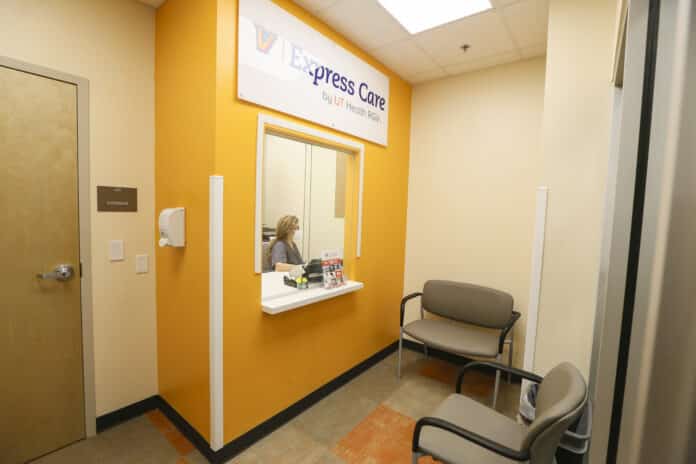We welcome news that new medical facilities are opening up in the Rio Grande Valley. DHR Health, established as Doctors Hospital at Renaissance in Edinburg, will open a hospital in north Brownsville later this summer. The facility already is advertising for medical professionals including physicians, nurses, lab technicians and other positions. In addition, the University of Texas Rio Grande Valley has forged an agreement with H-E-B supermarkets to open clinics in some locations. The first have opened at 2409 E. Expressway 83 in Mission, the other at Paredes Line Road and Ruben Torres Boulevard in Brownsville.
This is good news, as both developments help bring more healthcare services to a region that chronically suffers one of the worse shortages of medical professionals in the country. They also help provide more professional opportunities for local medical students, which also can help address that shortage. Studies have shown that doctors tend to stay in the areas where they serve their initial internships and residency.
Retaining and adding doctors is critical for this area. A 2018 study by the Texas Department of State Health Services estimates that the shortage of primary care physicians in the state will grow by 67% from 2017 to 2030. In the Valley, that means that 32.3% of residents’ medical needs will be unmet.
“The supply and demand for both primary care physicians and psychiatrists is projected to increase between 2017 and 2030, with the demand outpacing supply, leading to increasingly severe provider shortages across the state,” the report predicts. “Furthermore, current Texas Higher Education Coordinating Board projections in medical school enrollment and residential positions are not projected to be sufficient to create a supply that can meet projected demand.”
Region 11, the Rio Grande Valley, is projected to have the greatest absolute need by 2030, as our population is expected to grow faster than any increase in medical professionals. A decade from now, the report predicts, the region will suffer a shortage of 722 full-time physician positions.
Those positions are across the board, with the most critical shortages occurring in primary and family practice, internal medicine and pediatrics.
Meeting the medical needs of residents in an area that has high incidences of chronic conditions including diabetes and hypertension is of primary importance. Fortunately, both DHR and UTRGV already have shown a commitment to addressing those needs. The H-E-B clinics are just the latest facilities the university has opened across the Valley, in addition to the UniMovil mobile clinic that provides services in neighborhoods and rural areas that lack healthcare facilities. DHR’s support for and cooperation with the medical school also provides on-the-job training that augments students’ classroom studies.
They are valuable contributions to a region that greatly needs them.




